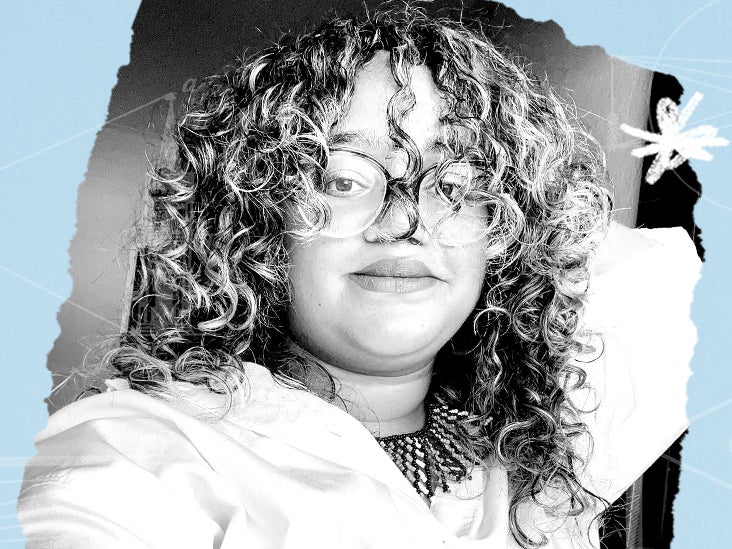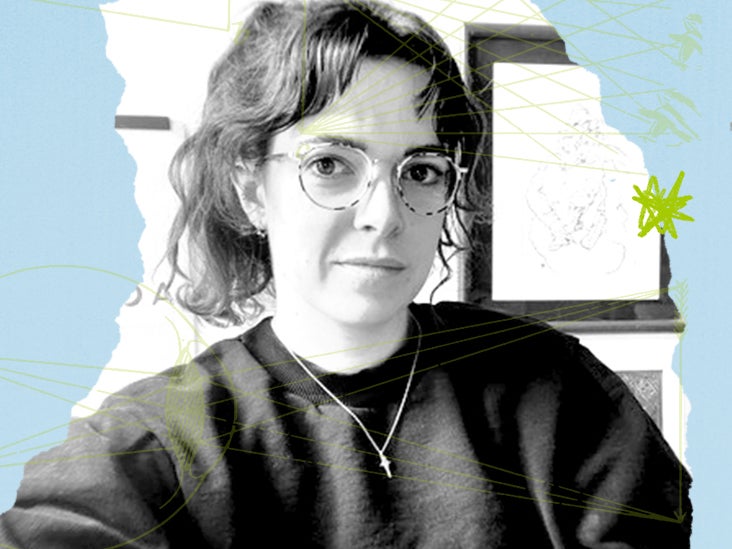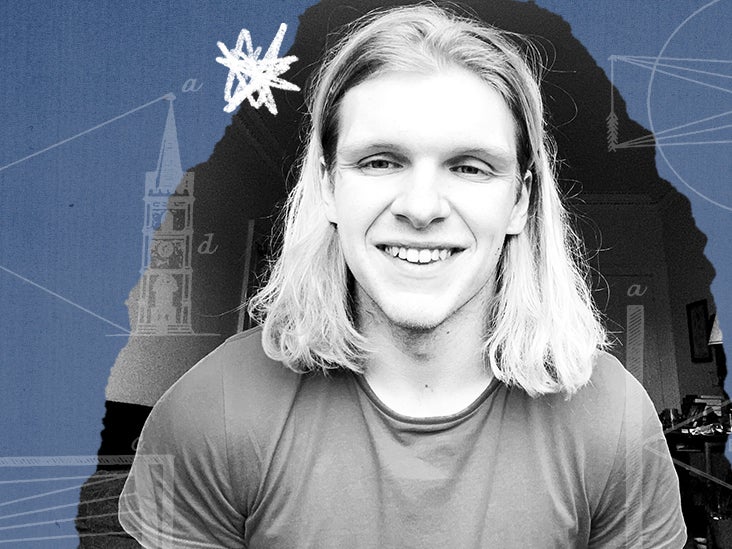
Like many parents with young autistic children, my focus suddenly changed when my son received the diagnosis of autism spectrum disorder (ASD). After a long and arduous diagnostic process, I shifted from wondering if he had autism to searching for the services he needed to learn, grow, and manage autism-related challenges. This included in-home therapy, school-based services, and nutritional therapies.
Because of the time invested in researching and implementing various treatments, and the effort invested in advocating for my son, I didn’t have the mental bandwidth to think too far into the future.
But as he grew, I realized that even though he had experienced incredible progress throughout his journey, the challenges associated with autism would likely not end when he became a legal adult. This realization made planning for his future a new and urgent priority.
Autism advocates, including the Autistic Self Advocacy Network (ASAN), have called for a change from “Autism Awareness Month” to “Autism Acceptance Month” to encourage inclusion and increase support and opportunities for autistic individuals.
IEP, transitions, and approaching the ‘autism cliff’
Like many autistic students in the United States, my son’s educational journey from pre-school to high school graduation was mapped out with an Individualized Educational Program (IEP). An IEP is a legally binding document developed and instituted when a child meets the public school’s criteria for specialized education.
This document outlines the child’s needs and designs an educational program to meet those needs best, whether through speech and language therapy, occupational therapy, or the addition of support people like paraprofessionals to assist the child throughout the day.
With an IEP in place, a child’s educational journey does not have to end at 18. Instead, the young person and their parents can decide to continue attending school up to age 21.
This 18–21 period is considered one of “transitions”— and is designed to shift the young person from educational-centered to adult-oriented learning. Much of this includes teaching independent living and job skills.
In the United States, statistics suggest that 500,000 young adults with autism will transition into adulthood over the next 5 years.
Unfortunately, many schools don’t have the resources to develop transitions programs that fully address the needs of autistic students entering the adult world.
A Centers for Disease Control and Prevention (CDC) survey using parent-reported data from the National Survey of Children’s Health found that autistic students were less likely to receive transition planning than children with other emotional or behavioral conditions.
Furthermore, even if a transitions program exists, it may not cover all the gaps in services that suddenly occur when the child reaches 18 years old. Parents often refer to this sudden loss of services as the autism cliff.
Building a bridge over the ‘autism cliff’
When faced with a sudden reduction or loss of services, parents of autistic children must build a bridge over that gap. And they may not always have the information and resources needed to construct it, which leaves them unsure about what to do next.
Fortunately, my son’s experience has been different due to the charter school for autism he attends. His school, Lakeland STAR School/Academy, was created in 2018 by a group of dedicated parents, educational professionals, and community members and supported by generous donors. STAR serves diverse learners in grades 7–12 and has a transitions-focused curriculum.
However, because autism rates continue to rise, the school has seen tremendous growth. As space to enroll new students became limited, a need for a separate transitions program emerged.
To address this need, Lakeland STAR is now developing a transitions center with the help of community-based organizations, including Aspirus Health, Lakeland Union High School (LUHS), the Howard Young Foundation (HYF), and the HYF Women’s Legacy Council.
Scheduled to open in the fall of 2022, the center will offer transitions-based education, including independent living skills, job skills training, and related services. The new center will help my son and other autistic young adults bridge the gap over the autism cliff and into the adult world.
Still, through my experiences, I’ve learned that transitioning is more than just transition programs. It also includes critical legal aspects of becoming an adult regarding healthcare and finances.
Depending on the level of support the young person needs, these legal aspects may include deciding whether to pursue legal guardianship, financial power of attorney (POA), or power of health (POH). In the U.S., a parent must complete these documents before the young adult’s 18th birthday.
Why are these legal documents critical?
Over the years, I’ve heard many parents and caregivers explain the incredible challenges of navigating finances and healthcare after their autistic child reaches adulthood. And this is especially true if there are no legal documents in place that allows parents to have some oversight in their child’s decision-making after they turn 18.
Legal documents may be necessary because autism often affects executive functioning, expressive and receptive language skills, and social skills — leading to unforeseen challenges in the adult world.
For example, executive functioning challenges may make it difficult for an autistic person to organize their finances and pay bills on time. This could lead to loss of housing or referrals to debt collection agencies.
Autistic individuals may also have a higher risk of exploitation and victimization from others due to social difficulties. Because of this, they could experience fraud or other financial abuse without essential legal safeguards in place.
Additionally, expressive and receptive language challenges could lead to miscommunication with authorities, resulting in unwarranted legal issues.
Challenges with healthcare can also occur. For instance, in the U.S., medical professionals cannot discuss an adult’s medical situation with parents or caregivers without guardianship or active power of attorney for healthcare. So, an autistic person may not have the support they need in a medical emergency.
Although autistic adults who need minimal support can often handle many aspects of adult life on their own, it’s not always easy to determine this by the time they turn 18. Therefore, it’s often in the child’s best interest to establish legal documents until support people can fully understand the young person’s abilities.
![]()



Differences between guardianship and POA/POH
For some parents in the U.S., especially those who support an autistic child with significant verbal communication challenges, guardianship is the answer to this legal dilemma. However, obtaining this level of legal oversight can be a complicated process.
Often, you need a medical professional to declare that the autistic young person is unable to make their own decisions and then go through a detailed court process.
In addition, becoming your child’s guardian involves managing their finances and medical needs as a separate individual. Other parents have told me that managing guardianship is like a full-time job, but most consider it a labor of love.
Still, for many autistic adults, an active power of attorney for healthcare and finances is adequate because it allows some oversight on decisions yet leaves individuality and decision-making intact. These documents are drawn up by a lawyer and signed by the autistic person soon after reaching the age of 18.
In my son’s situation, although he needs minimal support, he was welcoming of the idea of giving his father and myself the ability to assist him financially and medically when required.
This acceptance of help may be partly due to his self-awareness — something that began evolving soon after I was transparent with him about his diagnosis at a young age. I believe this knowledge has helped him understand himself better and more easily identify areas in his life where he may need more assistance.
Transitioning into employment or post-secondary education
Autistic individuals have many strengths that make employment or attending college more than possible. Still, research from 2017 suggests that about 38% of autistic adults are unemployed. In addition, estimates indicate that only 17% of autistic students graduating from high school attend a 4-year university.
Still, a transitions program can help increase employment and post-secondary attendance for autistic individuals.
In my son’s situation, his school has helped by searching out job experiences in the community. However, these job experiences are slightly different than a typical employment experience.
For example, the employer is aware their new employee has ASD and will make accommodations to support their needs. In other cases, a job mentor will accompany the autistic employee when they start their job and slowly withdraw support as needed.
Fortunately, our community has been highly supportive of autistic employees. For example, no local business has turned down the opportunity to participate in the Lakeland STAR job experience program.
In addition to employment, attending college or a technical school may also be an option for my son. Like many autistic peers, he has specific interests and passions that can transform into a rewarding career. His happen to be history and the visual arts, such as filmmaking and creating documentaries.
However, just like neurotypical people, autistic individuals have diverse interests and skillsets. For example, some of my son’s schoolmates are interested in auto mechanics, computer coding, or the culinary arts.
Thankfully, post-secondary schools are becoming more accommodating to autistic students, making college a more attainable goal. However, I am just beginning to navigate this process, which includes plans to contact various visual arts and filmmaking schools to inquire about their autism-specific support services.
Living independently
Statistics suggest that about 87% of autistic adults live with or have lived with a parent at some point in their life. Yet, even when living independently, some autistic adults still need support.
Because independent living requires many skills, my son’s father and I have begun the process of teaching my son things like doing laundry, paying bills, and shopping for and preparing food. In addition, his school’s independent living classes have addressed these skills, which will continue when he attends the new transition center.
Also, with the help of others, I was fortunate enough to acquire a small house close to me. This dwelling will eventually serve as my son’s home while adjusting to adult life and learning to live independently.
However, I realize that my son’s situation is not typical, as the fact remains that housing for adults with ASD is difficult to find. Therefore, future goals for our community include a plan for supportive housing that caters to people with special needs like autism.
Through my eyes
As for me, my son, and his father — we are just beginning to build a bridge over the “autism cliff.” And so far, I’d say we have an excellent foundation to support its construction.
Still, because of the ongoing challenges associated with ASD, I am not sure this bridge will ever be complete. Instead, we may have to modify it as our son’s needs change.
Hopefully, someday soon, every autistic young person will have a well-defined path to cross as they transition into adulthood.
To be most effective, this pathway needs to include transition programs, expanded employment opportunities, and appropriate and supportive housing.
Although it seems like a momentous task, I have learned that it is possible. Especially with the support of friends, family, and community members dedicated to creating a world where autism is accepted and woven through the fabric of society — as I believe it should be.
![]()



Source: Read Full Article



